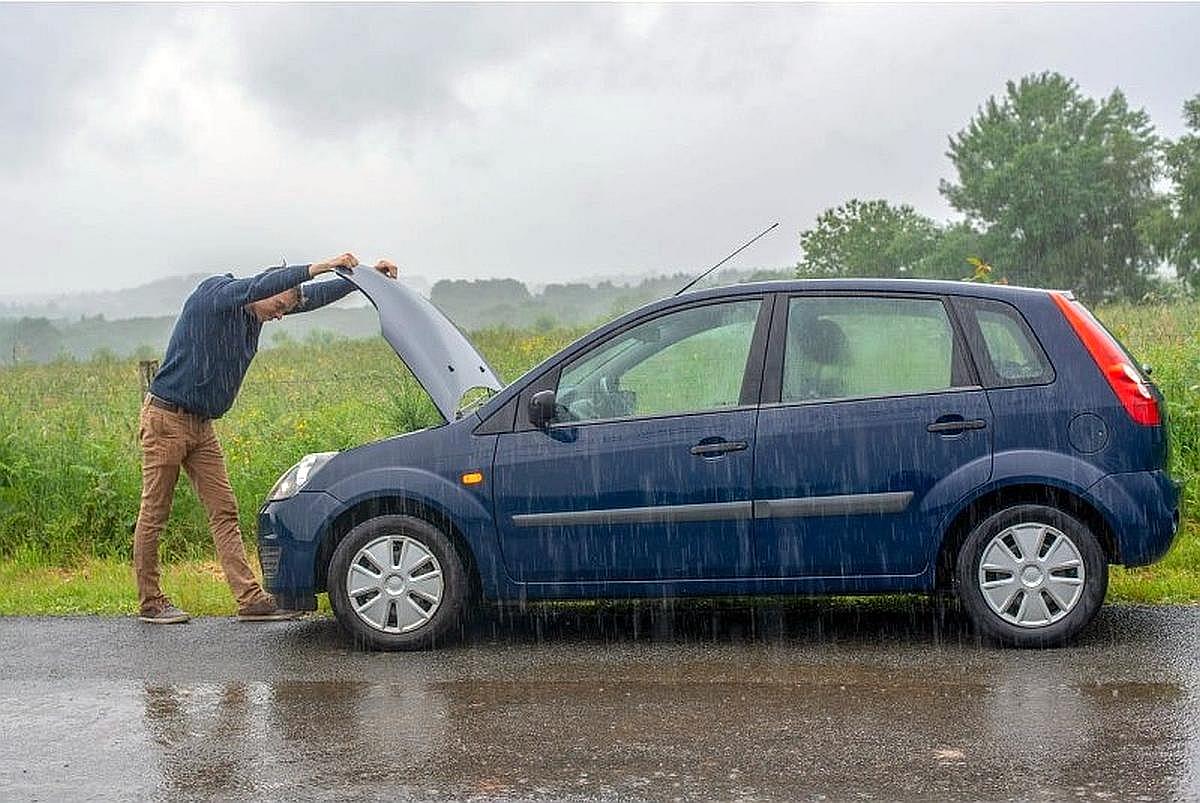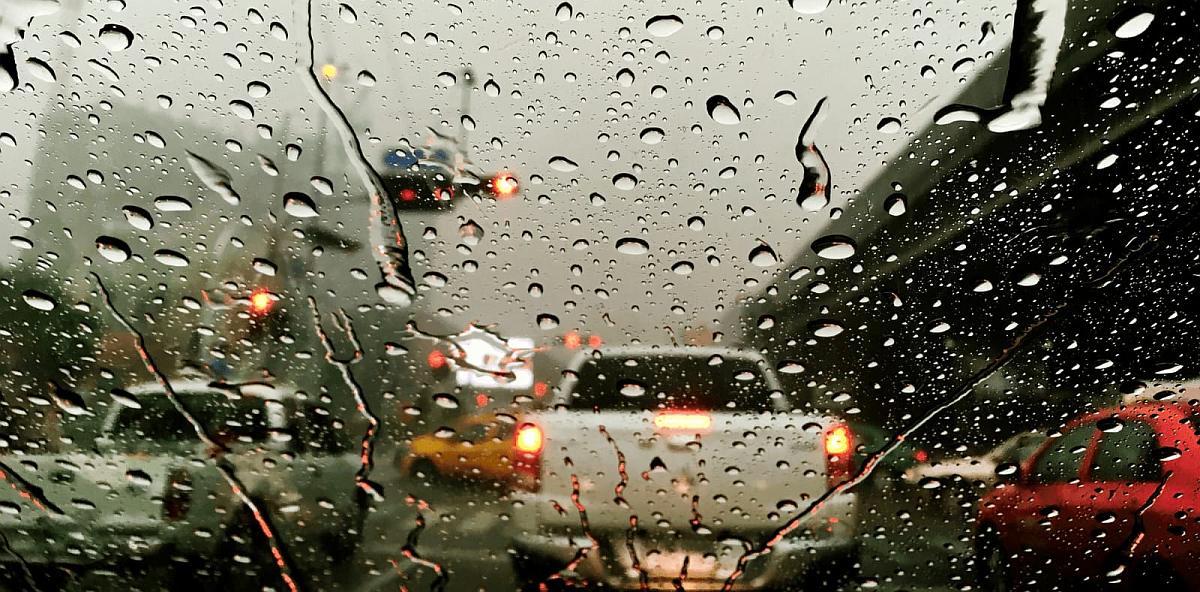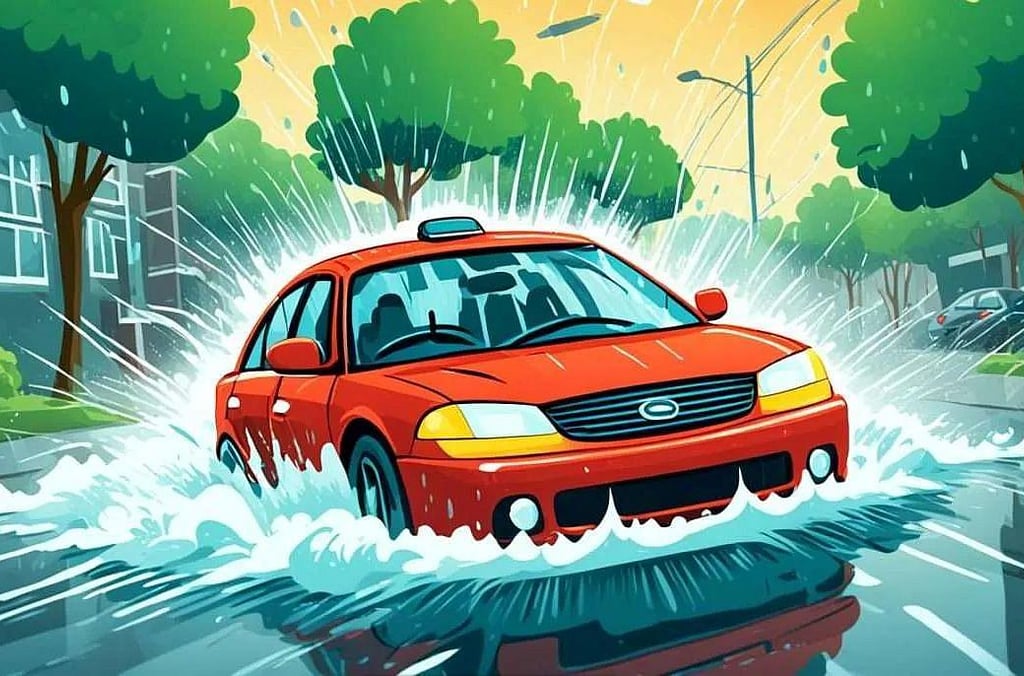

99TravelSafe.com
The Website For The Smart and Savvy Traveler
19 - Driving in the Rain
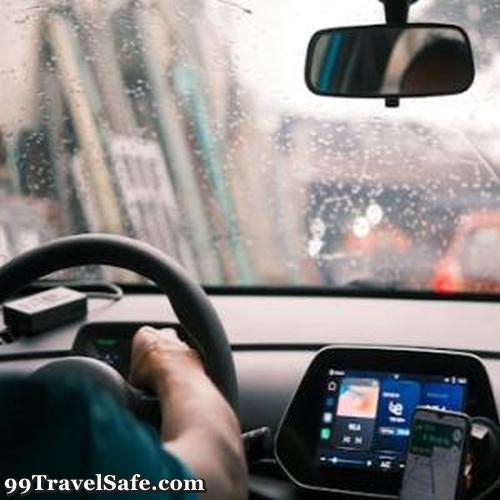

Driving in the Rain!
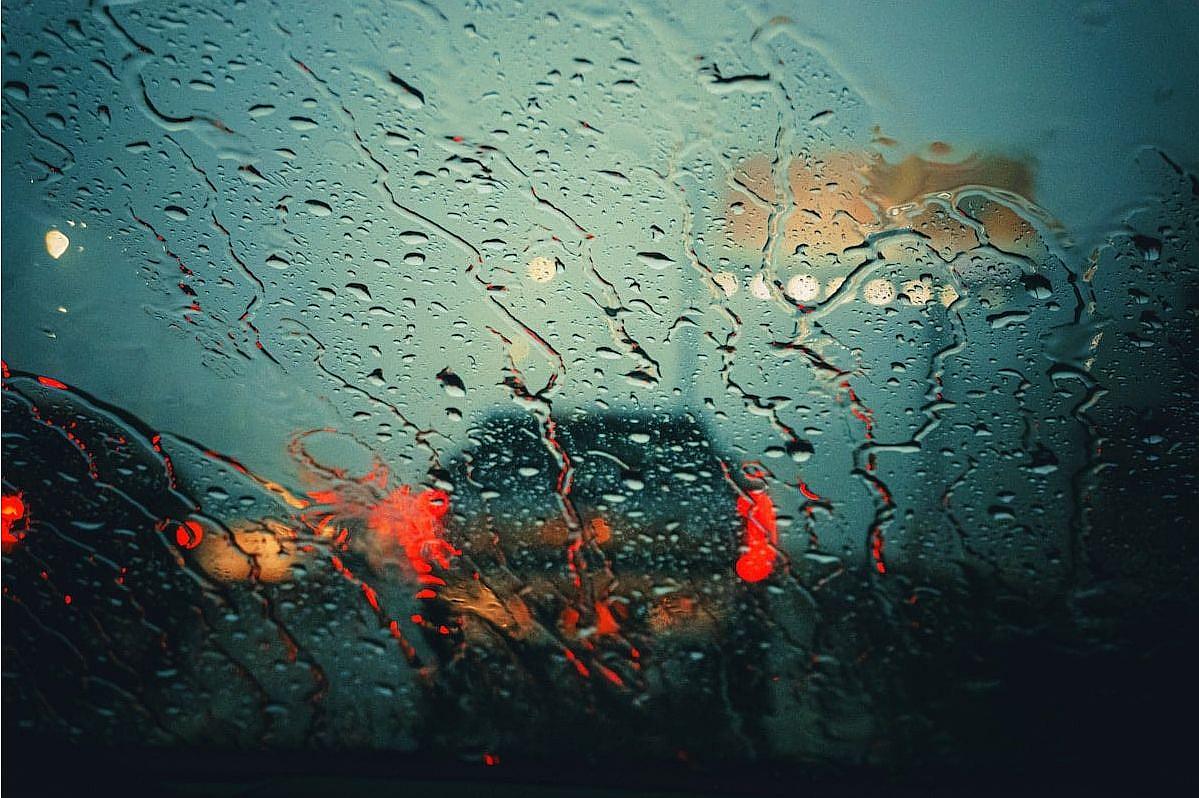

LOSING control of your car on wet pavement is a frightening experience. Unfortunately, it can happen unless you take preventive measures
In all sorts of rain, you can prevent skids by driving slowly and carefully!
On curves steer and brake with a light touch. When you need to stop or slow, do not brake hard or lock the wheels and risk a skid
Maintain mild pressure on the brake pedal
If you do find yourself in a skid, remain calm, ease your foot off the gas and carefully steer in the direction you want the front of the car to go. Avoid using your brakes!
This procedure, known as "steering into the skid," will bring the back end of your car in line with the front
While skids on wet pavement may be frightening, hydroplaning is completely nerve-wrecking!


More on Driving in the Rain
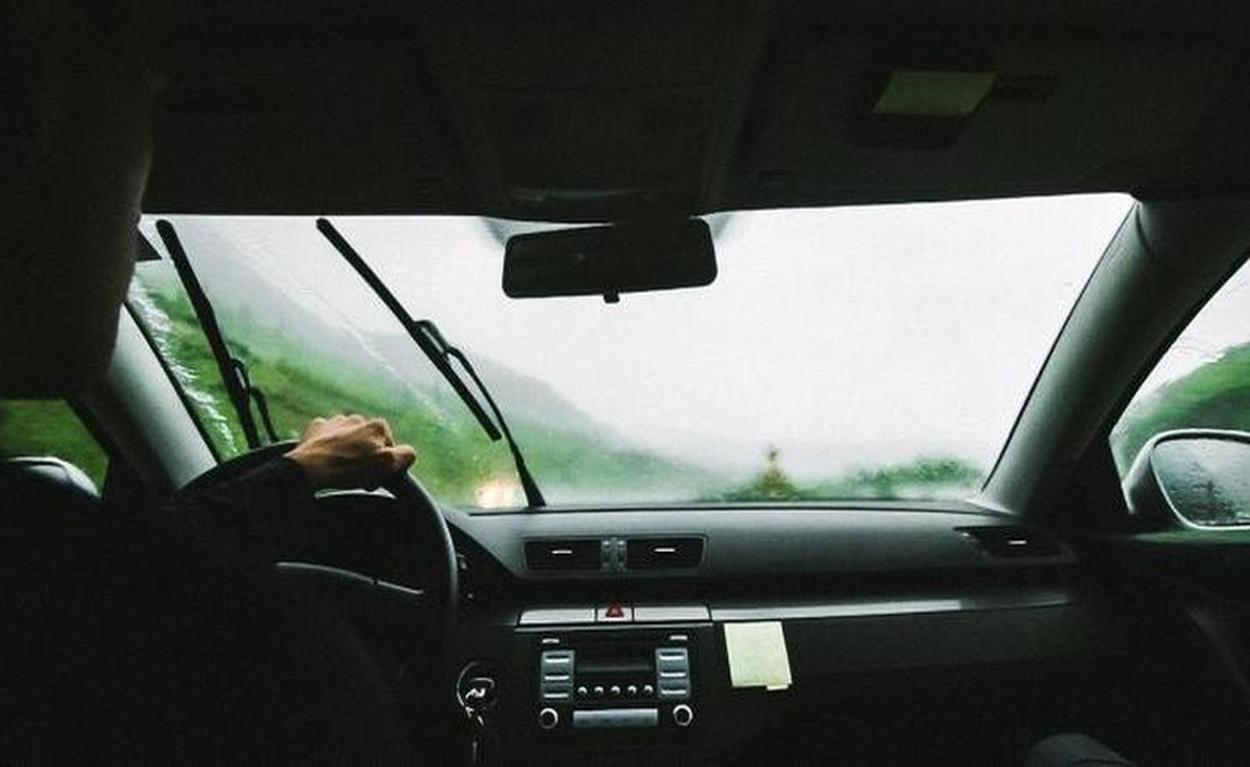

Hydroplaning happens when the water in front of your tires builds up faster than your car's weight can push it out of the way. The water pressure causes your car to rise up and slide on a thin layer of water between your tires and the road. At this point, your car can be completely out of contact with the road, and you are in danger of skidding or drifting out of your lane
To avoid hydroplaning, maintain good tread on your tires and replace them when necessary, slow down when roads are wet, and stay away from puddles
Try to drive in the tire tracks left by the cars in front of you!
If you find yourself hydroplaning, do not brake or turn suddenly. This could throw your car into a skid. Ease your foot off the gas until the car slows and you can feel the road again. If you need to brake, do it gently with light pumping actions. If your car has anti-lock (ABS) brakes, then brake normally; the car's computer will mimic a pumping action
A good defensive driver adjusts their speed to the wet road conditions in time to avoid having to use any of these measures
Do not use cruise control in rainy conditions!
Before driving in the rain, make sure your headlights, tail lights, and windshield wipers work well
Drive considerably slower than normal when it’s raining
Even in light rain use windshield wipers
Turn on your headlights
Keep your distance from other cars!
Avoid heavy or abrupt braking!
Keep an eye out for standing water
Driving through standing water increases the risk of hydroplaning
If you hydroplane, take-off your foot from the gas-pedal and slow down your car. Do not try to over brake
Use defroster, open some window to ventilate car and thus clear foggy windows


Driving in the Rain - A Summary


Slow Down!
Reduce your speed significantly, as stopping distances are longer in the rain
Increase Following Distance:
Give yourself more space between your vehicle and the one in front to allow for adequate braking time
Be Aware of Hydroplaning:
This occurs when tires lose contact with the road surface due to a layer of water. Reduce speed and avoid sudden movements to prevent it
Use Headlights:
Turn on your headlights, even during the day, to increase visibility for other drivers
Avoid Sudden Movements:
Steer and brake smoothly to prevent skidding or loss of control
Check Tire Tread and Pressure:
Ensure your tires have sufficient tread depth and are properly inflated for optimal grip
Be Prepared for Reduced Visibility:
Use your defrosters and wipers to maintain a clear windshield
Avoid Standing Water:
If possible, avoid driving through puddles or standing water, as this can lead to hydroplaning or damage your vehicle
Turn off Cruise Control:
Cruise control can make it harder to react to changing conditions in the rain
Be Mindful of Other Drivers:
Anticipate the actions of other vehicles and be prepared to react to their movements
If Visibility is Severely Impaired:
If heavy rain makes it difficult to see, pull over to a safe location and wait for the storm to subside
